2023 Volkswagen Golf Life 1.5 96kW eTSI Review : Crème de la Gulfstream
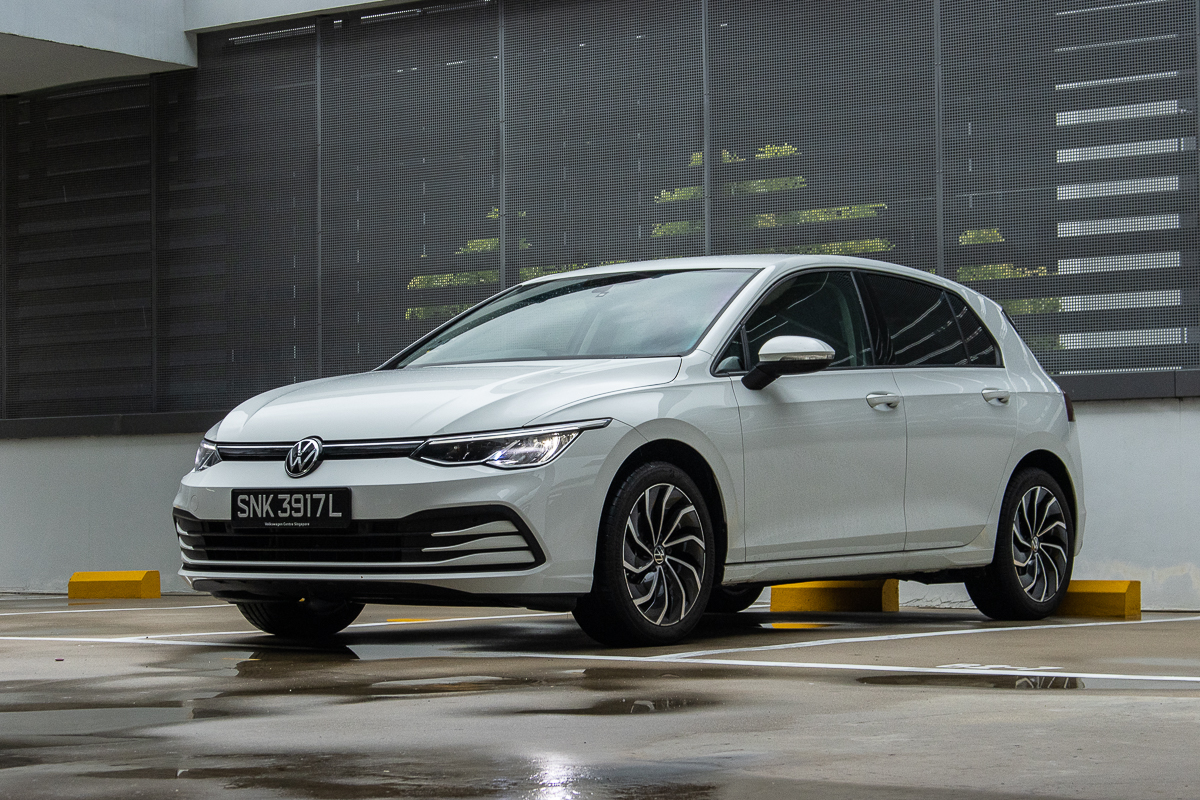
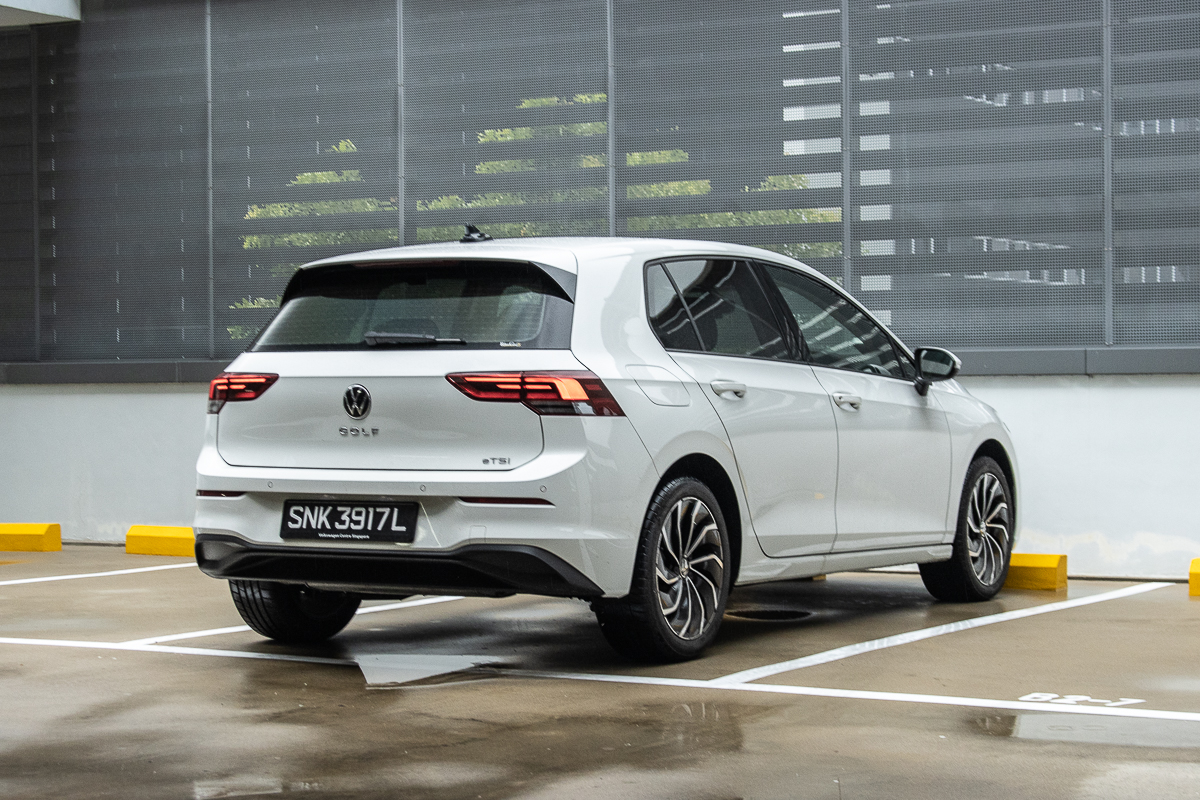
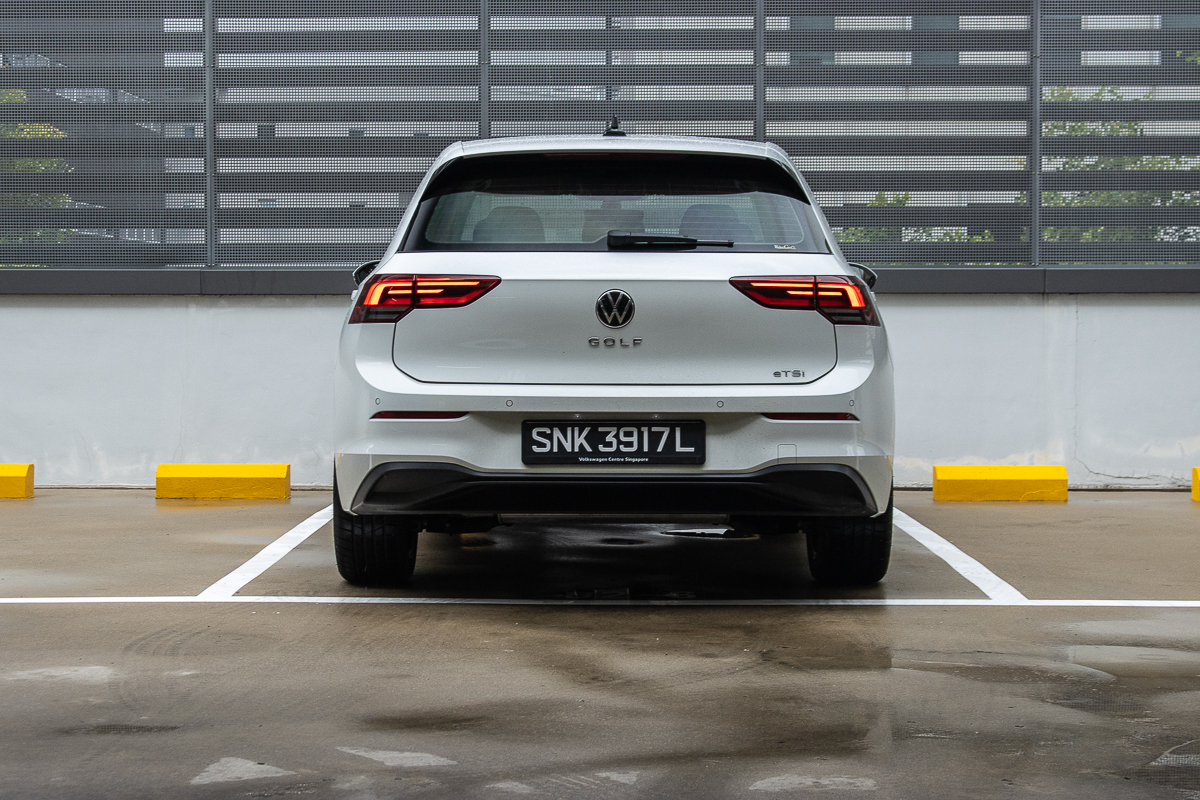
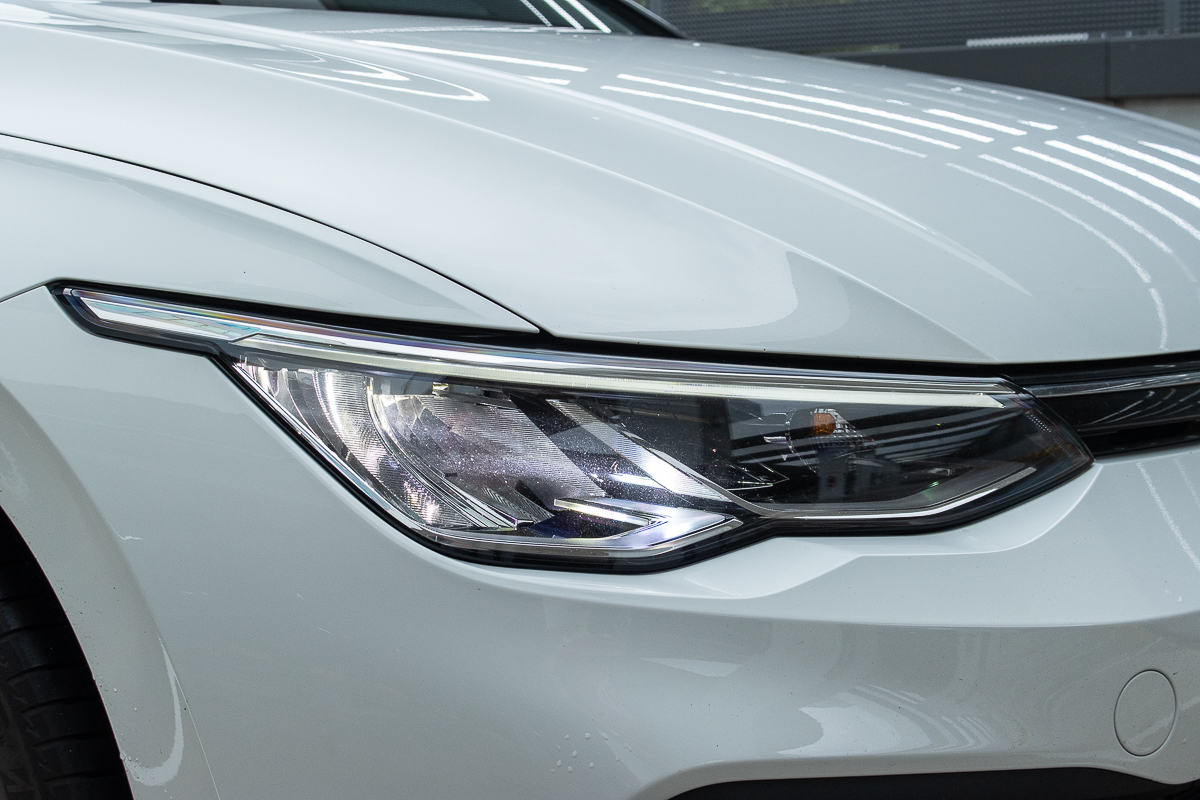
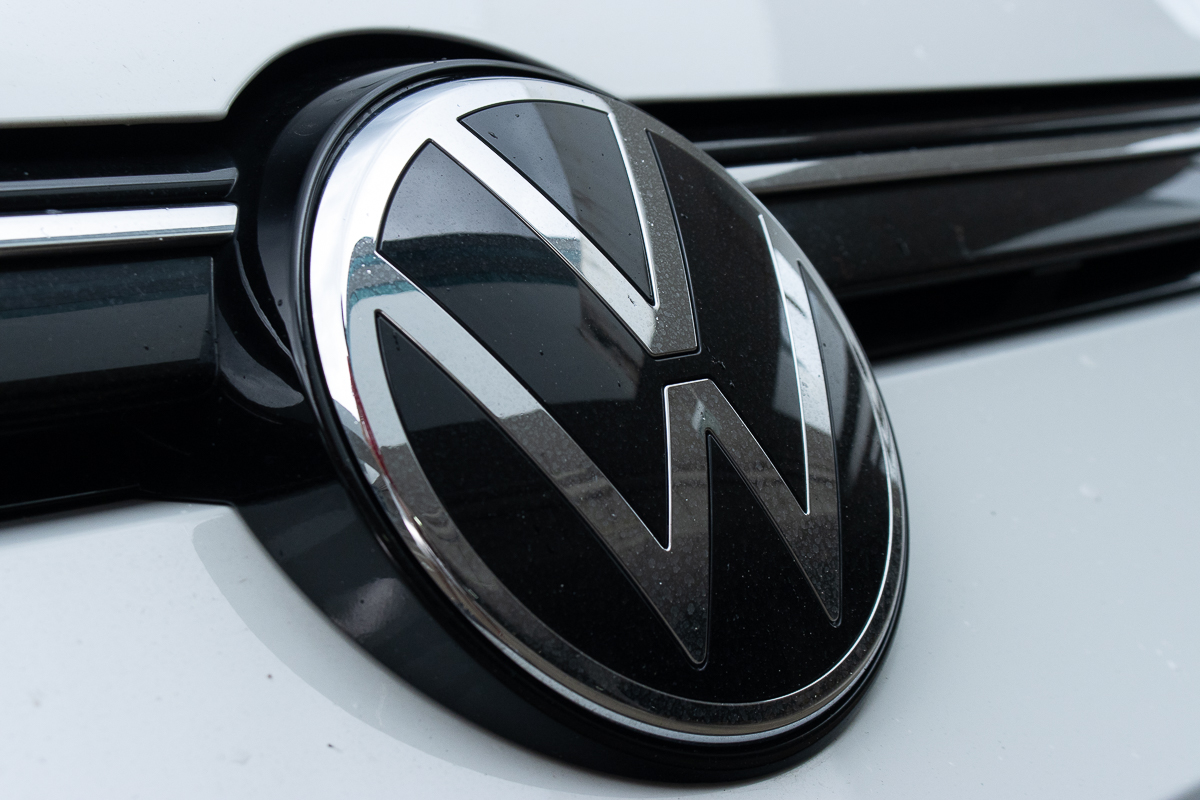
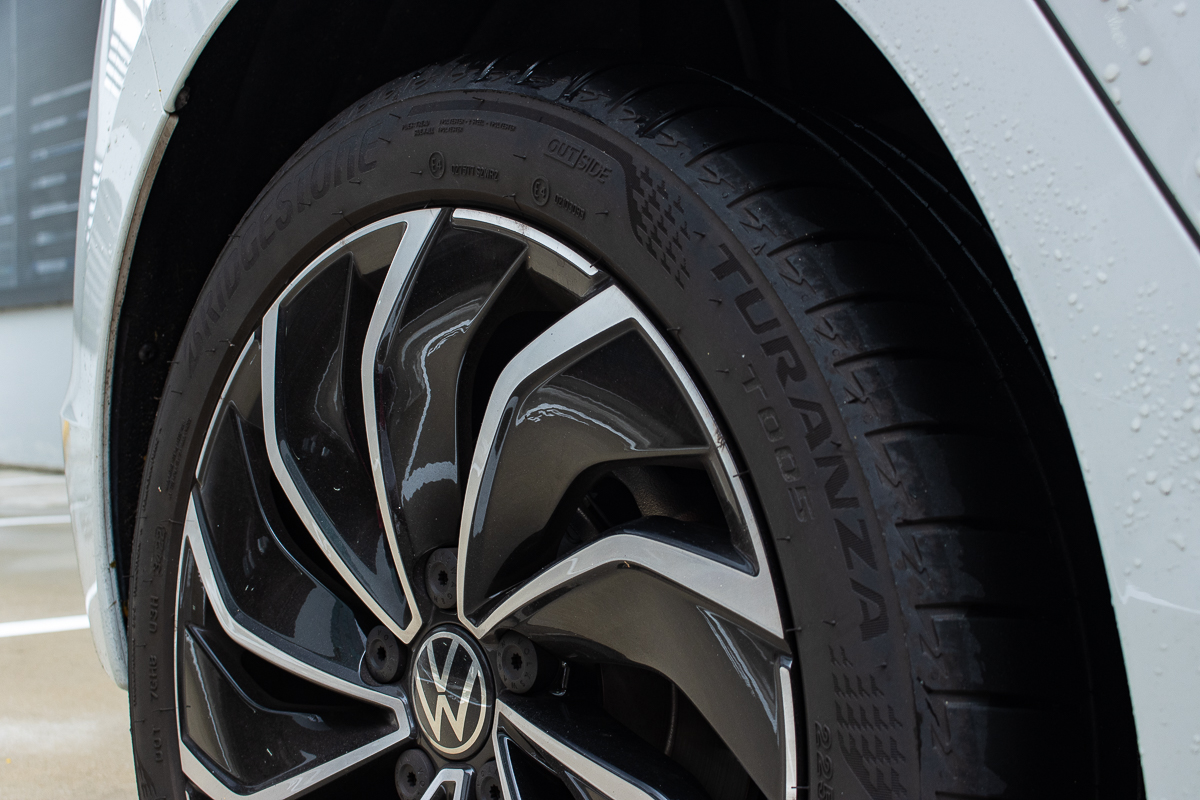



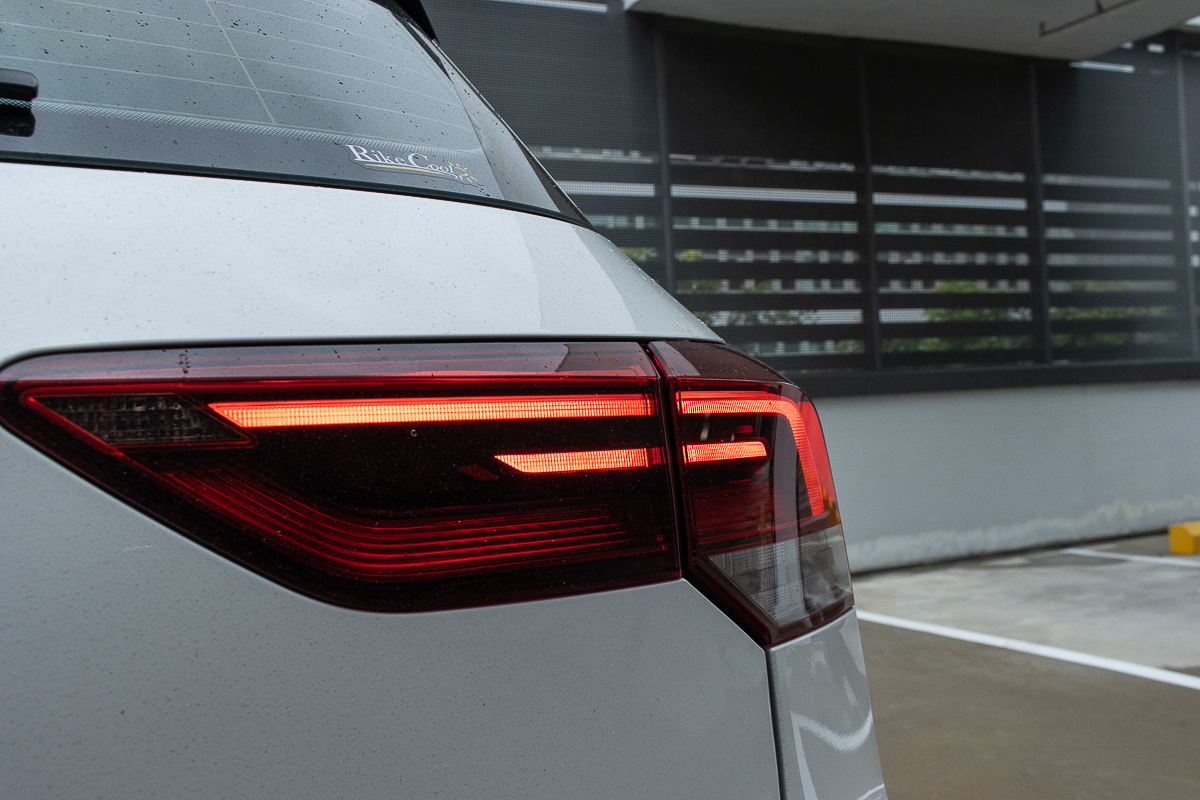
2023 Volkswagen Golf Life 1.5 96kW eTSI Review : Crème de la Gulfstream
Singapore - When Volkswagen launched the Golf 8 back in 2021, it was the first time that a regular bread-and-butter Golf crossed the Category B COE mark. The good news was it had more power and torque than the Mk. 7 Golf. But the bad news was that it also had more power and torque than the Mk. 7 Golf.
So, as COE prices have gone through the roof, and then through the clouds, and that blue stuff that makes the sky blue. The hardest hit vehicles have been those which just barely climb into the basecamp of B COEs. This meant that many of these Category B COE, 150hp Golf hatchbacks did not see much of the light of day, since when it was launched, COE prices were beginning to rise. In context, the current end-June 2023 Category B COE at $121,000 is almost the price of the base model Golf Life when it was first launched.
As with many brands which face this “too much power” issue, Volkswagen has introduced a less-powerful Golf. But unlike its other family members, like with Skoda, who’s 1.5-litre engine in the Octavia is not available in a lower state of tune, and has to make do with a 3-cylinder 1.0 turbo, VW has fortunately also the same 1.5-litre which makes 130hp. Guess what? The Audi A3 Sedan and Hatchback also share the same 1.0. So with this, the Golf has the advantage of a wider torque band, not to mention more power, and a smoother delivery.

So the Golf in these pictures is the base Life model, which in my opinion, is the best buy.
Allow me to explain why this is not the Golf you want, but the Golf you need.
The base model car already comes with most of the equipment you would already find in the Life Plus car. There are just a few less features, which I feel, do little to dampen your ownership experience.
The main differences are in its LED headlights, which do not come with cornering lamps. I would admit that they would be great, when navigating tight and dark spaces. It also has the smallest wheels of the pack, which are ‘Ventura' 17-inch alloys. However, you have to know that the tyres provide better comfort due to more sidewall. They also reduce the chance of scrubbing your rims against a kerb. Additionally, tyre replacements will also cost less. But the Bridgestone Turanza compound produces significantly more road noise, whenever I am coming to a stop. I feel that this is not a dealbreaker.

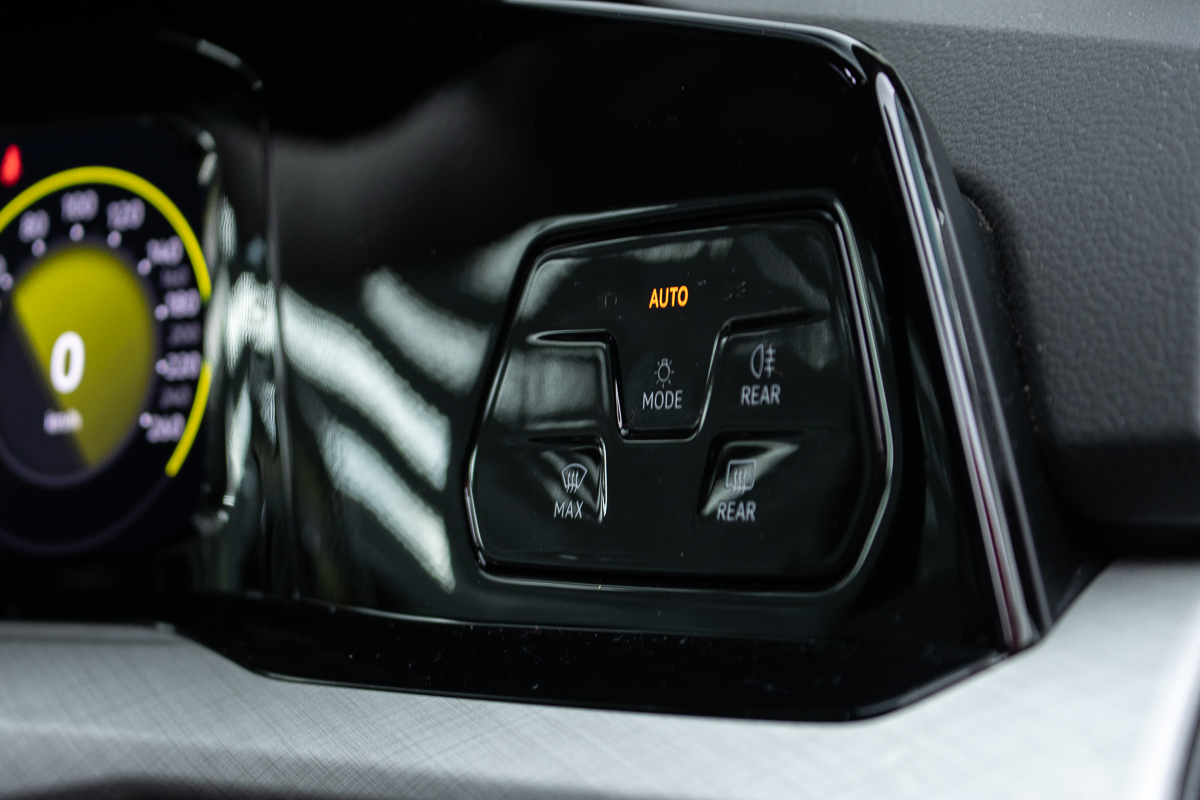

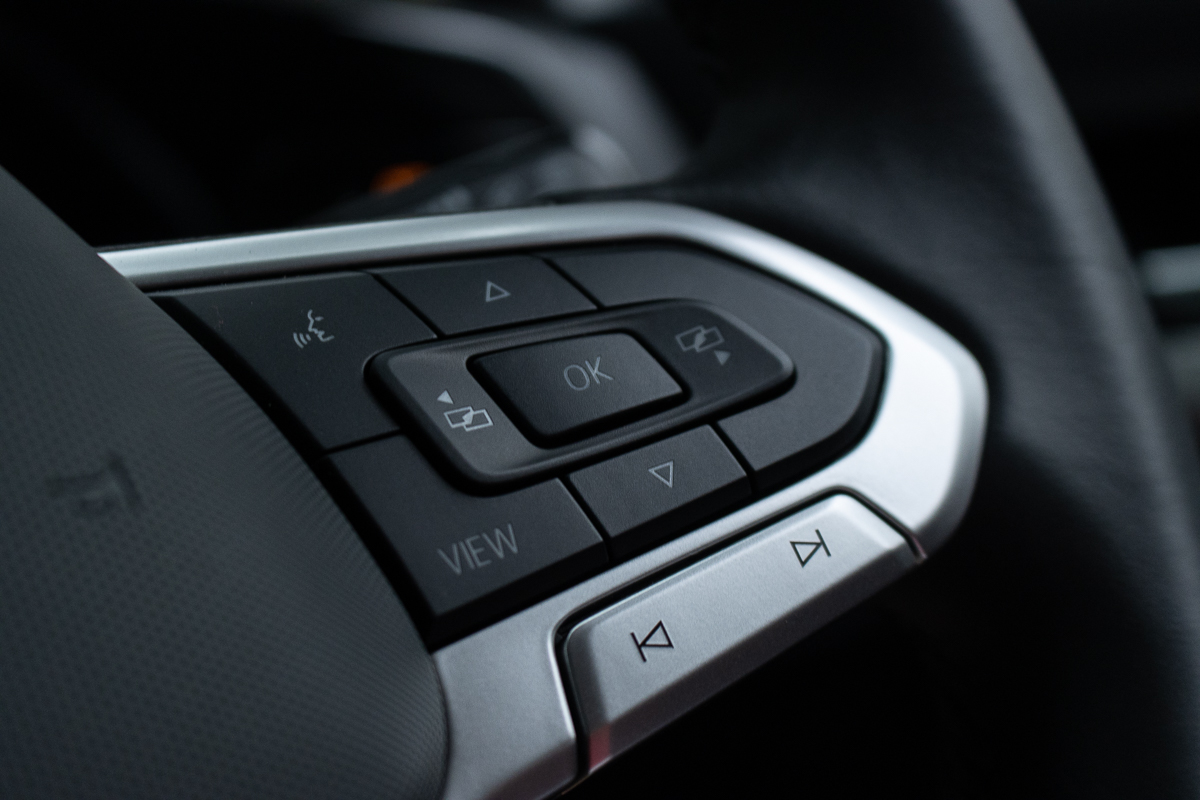

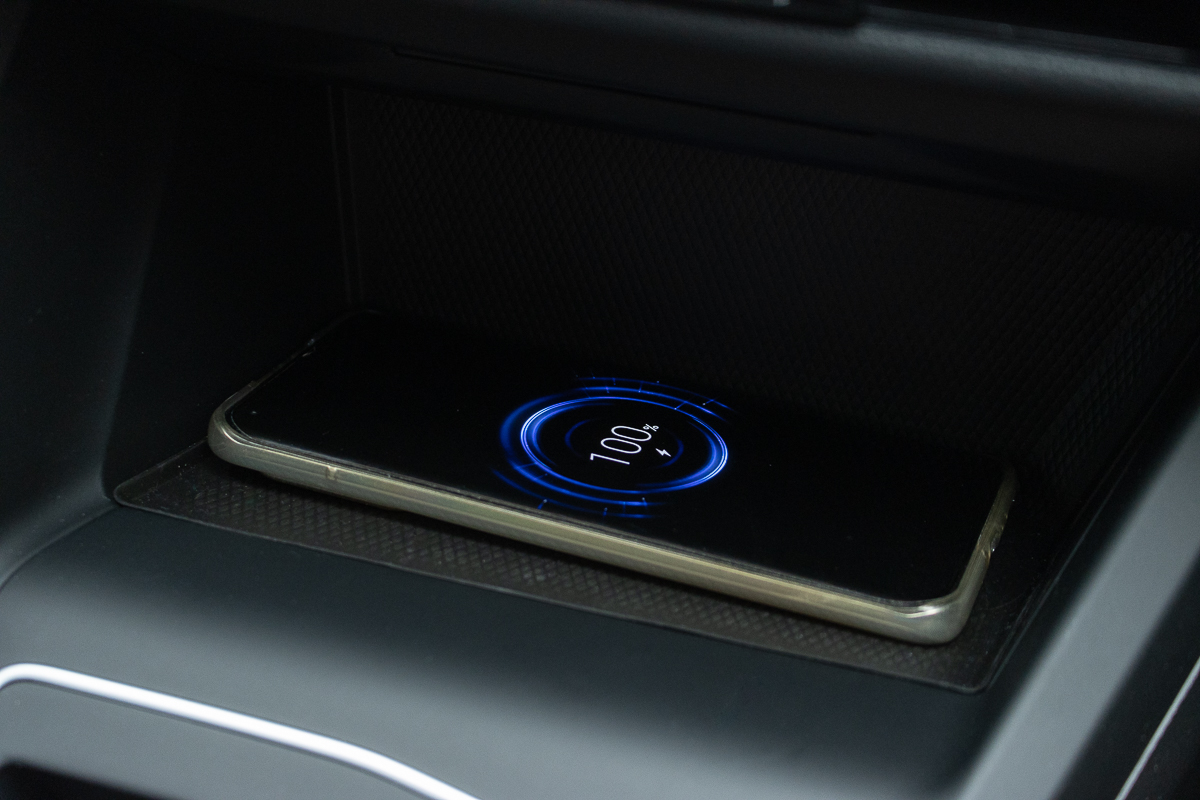

Over on the inside, while most things are identical, the Life Plus car does come equipped with thirty-different interior lighting flavours. Over here you get ten colour choices, but really, who would need 30 variations? You also will not have a 3-zone 'Air Care Climatronic' automatic climate control air-conditioner, equipped with an allergen filter.
For the driver, the Digital Cockpit Pro’s 10.25-inch display, offers surprisingly plenty in the way of how data can be customised to suit personal needs or taste. Also, I appreciate that the steering wheel is not the same as the one found in both the Golf GTI, and the R-Line-badged hatch, as their pronounced touch-sensitive buttons often get in the way when you turn the car.
The ‘Composition’ infotainment system, which is fronted by an 8.25-inch display, provides support for both wired Apple CarPlay and Android Auto. While infotainment’s interface is easy to navigate, it has the air-conditioning controls buried under a layer, which takes a while getting used to. A wireless mobile phone charger, located in-front of the gear-shift stub comes standard.

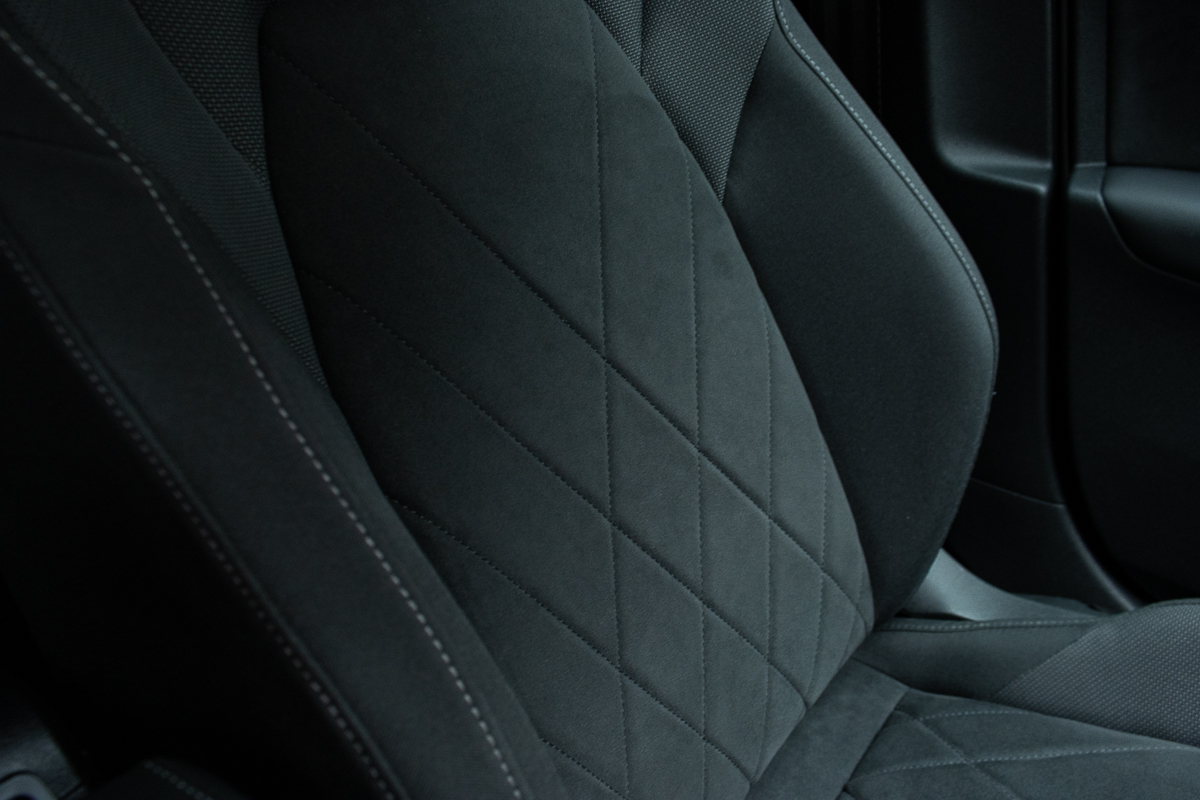
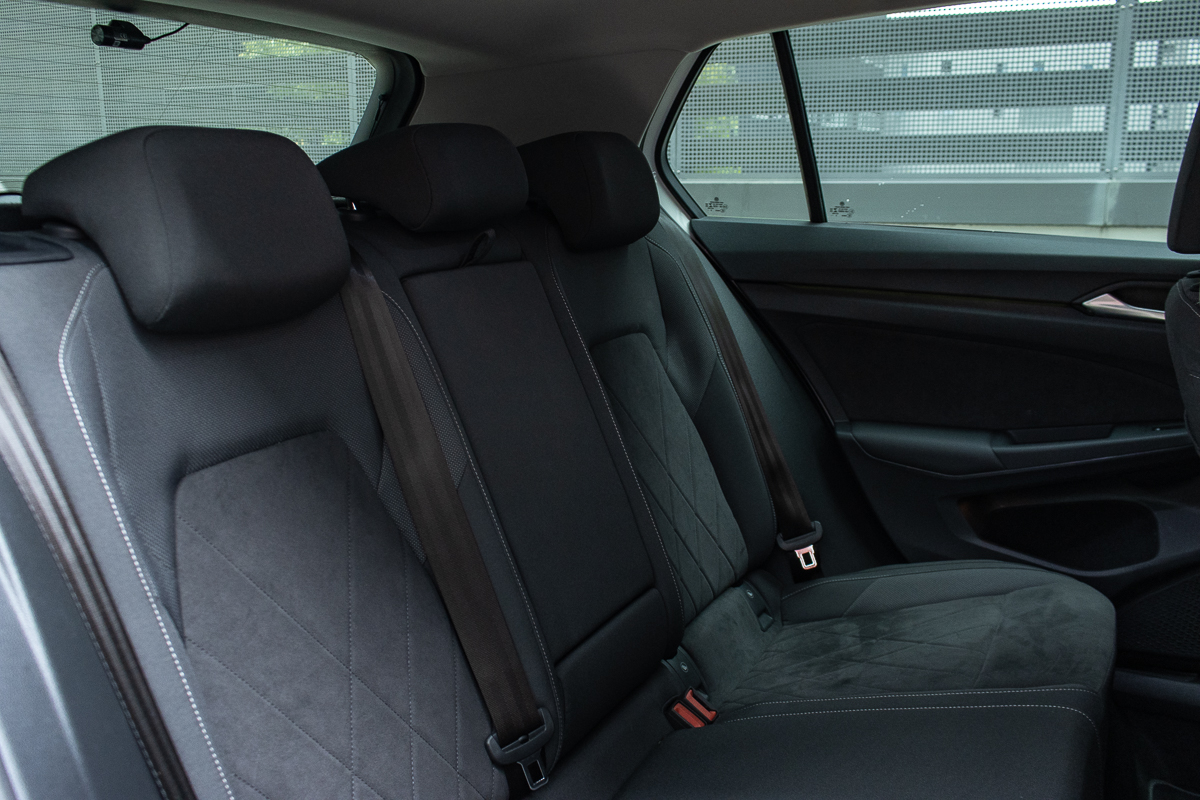
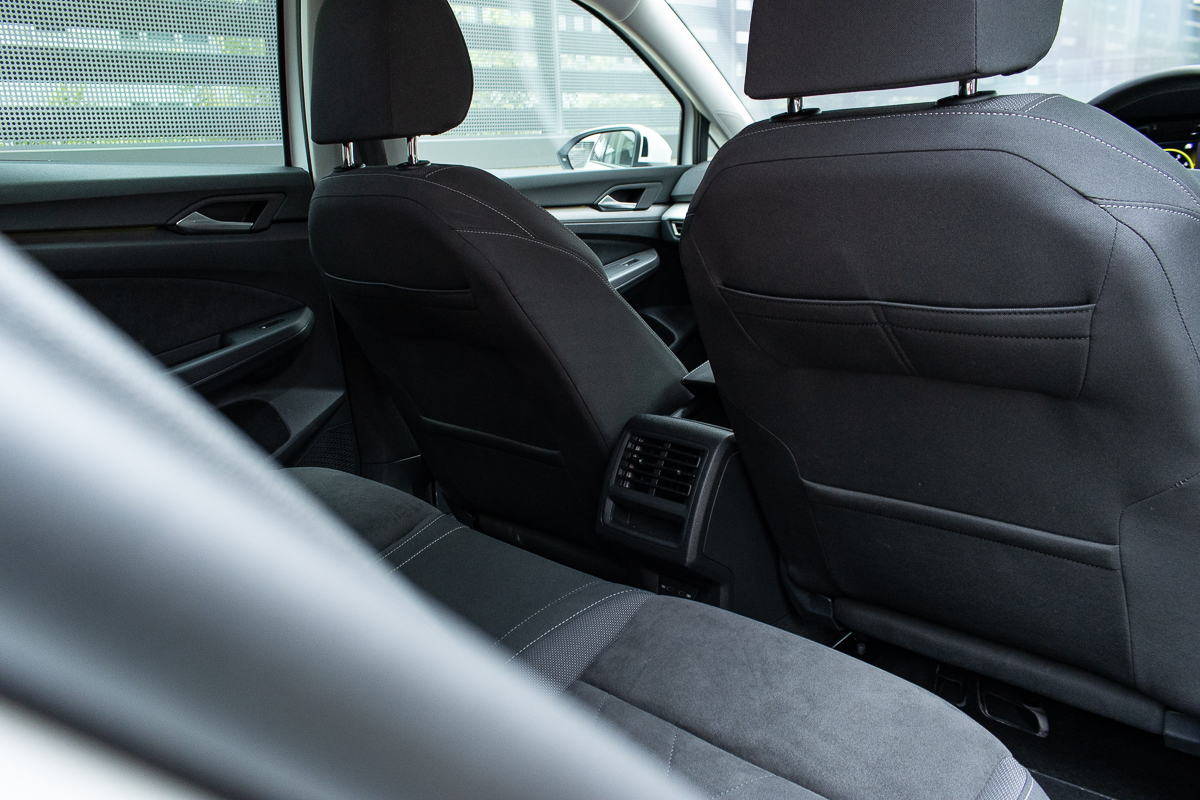


If you are familiar with the Mk. 7 Golf, the current car which shares an evolution of the previous car’s underpinnings, boasts about the same interior dimensions. This means that passengers at the rear will find decent leg and head space, while boot volume remains at an identical 380 litres.
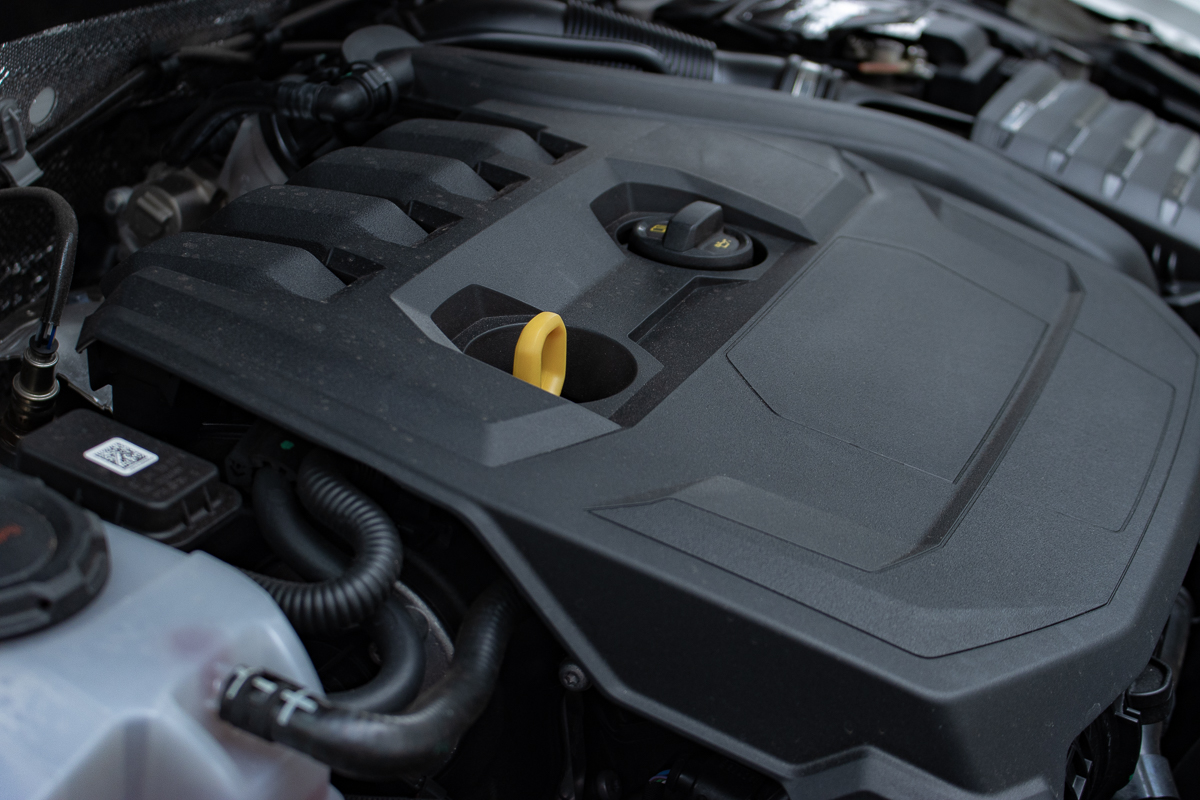
Can I tell the difference between a 150hp and 130hp Golf? Well, actually yes I can. So broadly, both car’s feel very similar. The 130hp version takes almost a full second more to reach 100km/h, and that translates to it feeling noticeably slower when making an overtaking run. There is some flatness from the engine, as the needle crosses numbers on the rev-counter, but while I say this, you can check the rear view mirror, as you’d see that you will still leave most of the Category A C-Segment cars in your wake.
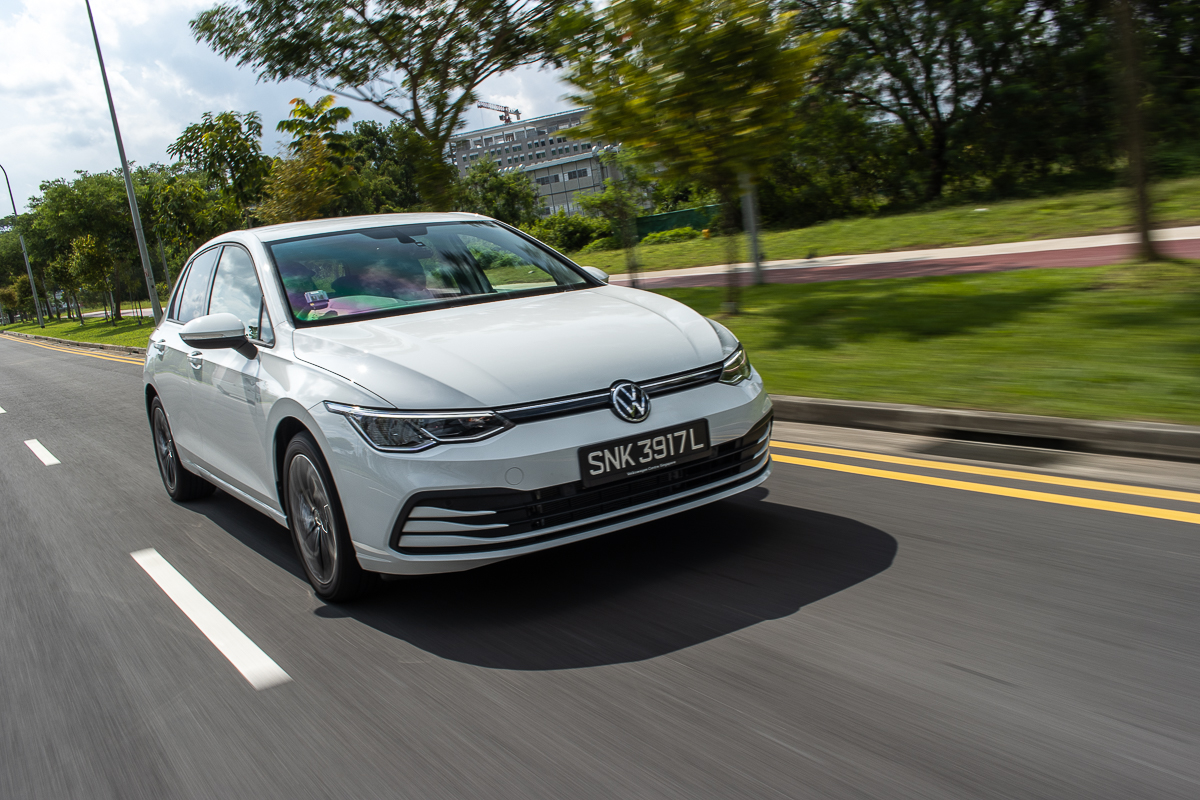
A Golf’s exceptional road manners is one of the main reasons why buyers are drawn to the car. There is that communication through the steering wheel as you put the hatchback into a bend. One huge difference here for the 130hp car, is that it is equipped with a simpler torsion beam rear suspension, as opposed to the multi-link in the 150hp model. But with its simpler setup, for most cases, you’d probably not know the difference; that is until the surfaces you are on become uneven. Perhaps if you were to truly put the hatch through its paces, that the multi-link does seem hunker-down a little more. But overall, this hatchback drives like how you'd expect a Golf to drive.
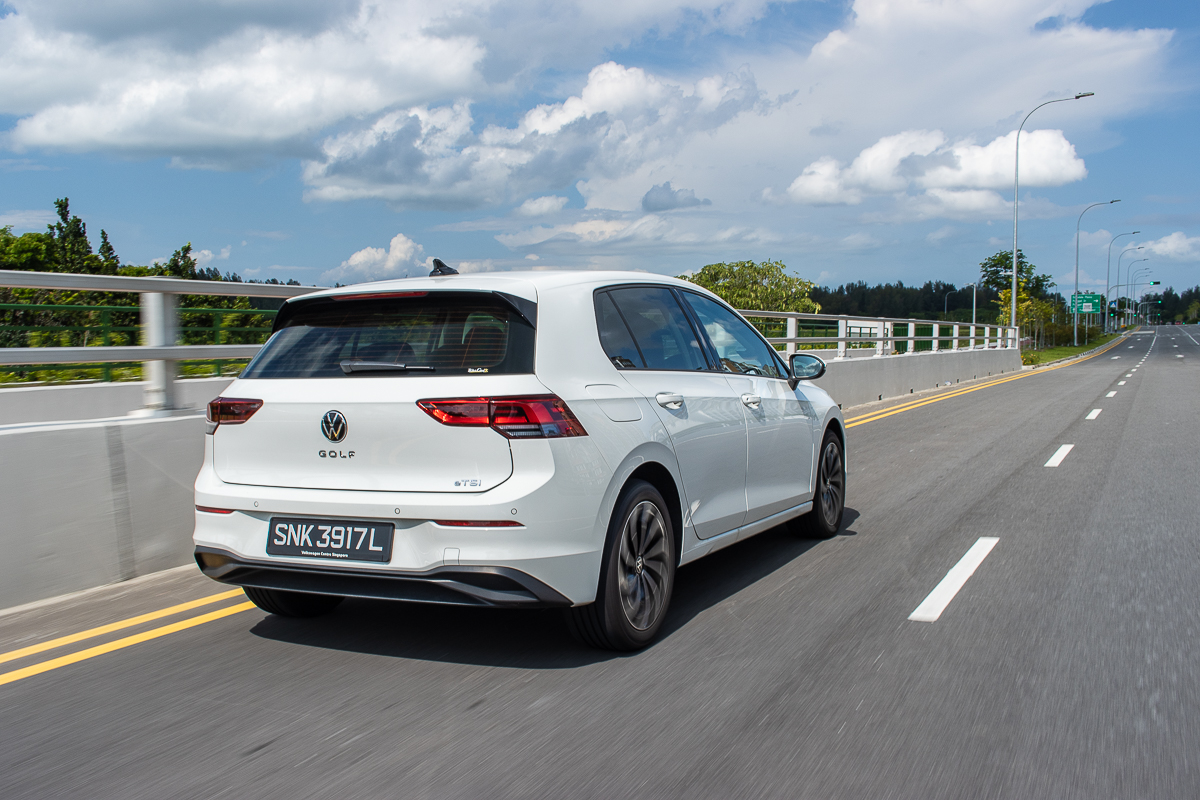
The engine gets the same MHEV technology as the higher-powered car. So you can expect some good fuel numbers, since the engine is able to turn-off, while the car coasts. The MHEV system also provides you with a small boost, where you can definitely feel its effects while building speed up a flyover. When cruising on highways, two of its four cylinders deactivate, so that it burns less. All of this happens without you feeling any difference in delivery. The only way to tell is in the ‘ECO’ icon that appears on the instrument console. In most cases while on the highway, you soon be tempted to find opportunities to lift off and coast (especially when approaching a downhill stretch), to improve on your economy.
Fuel numbers here are quite identical to the 150hp car, where it boasts combined economy of 20.8 km/l. This was about the figure I got, driving in highway rush-hour traffic.
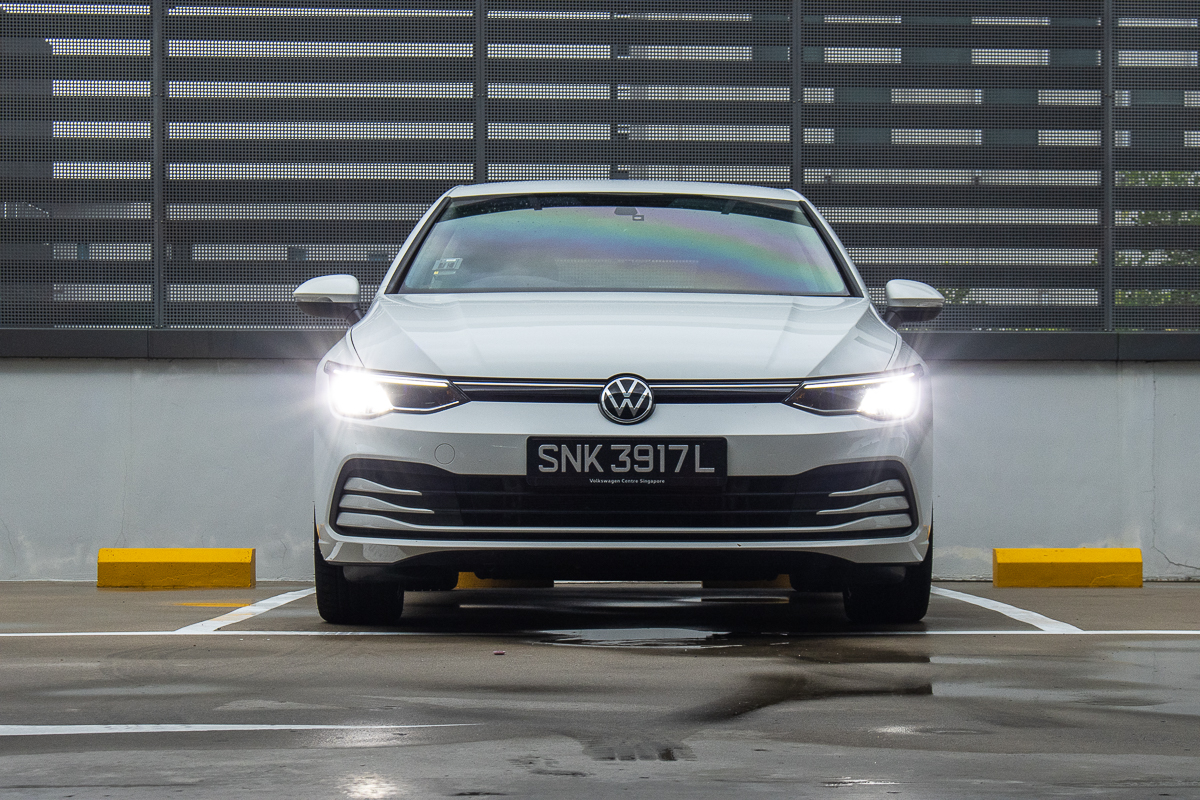
Even as a base car, the Golf Life at $173888* is still expensive. This is due to the inclusion of the MHEV tech, itself being a Golf, and of-course that blindingly expensive COE. Its closest competition would be the $179888* Mazda 3 hatch, which is now only sold in range-topping Astina trim. But what makes me smile, is that the Golf, with its very good quality finish does take a dig at premium compact hatchbacks, like the BMW 116i, the Audi A3 1.0 - both which are powered by 3-cylinder engines, and the Mercedes-Benz A Class. All of which have already crossed the $200k mark.
TEXT & PHOTOS Clifford Chow
*Correct at time of publication
Volkswagen Golf Life 1.5 eTSI Mild Hybrid
Engine 1498cc, inline4, turbo
Power/rpm 130hp/5000-6000rpm
Torque/rpm 200Nm/1400-4000rpm
Transmission 7spd dual-clutch DSG
0-100km/h 9.4secs
Top Speed 213km/h
Fuel Consumption 4.8l/100km (combined)
CO2 110g/km









